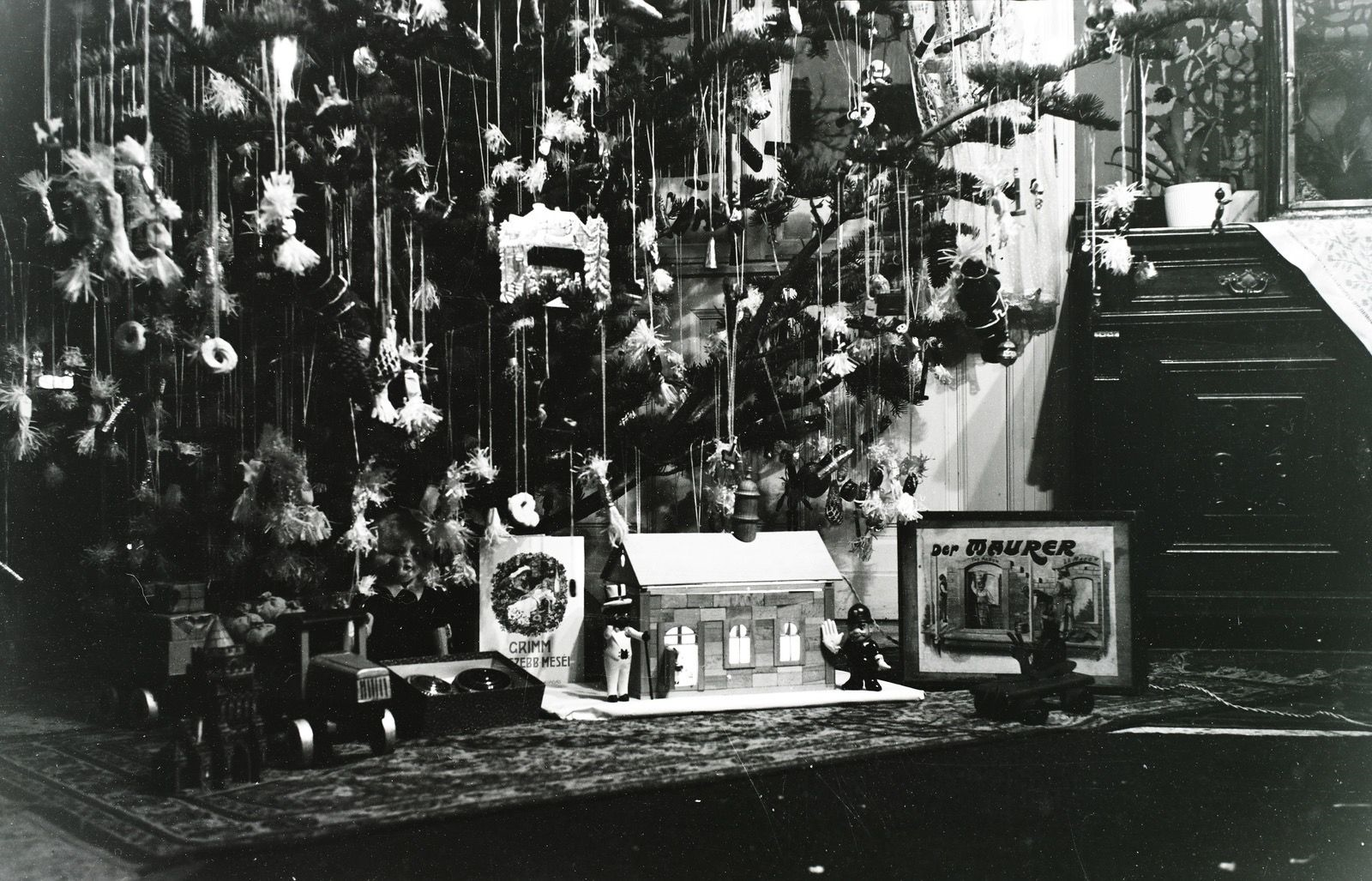The origins of Christmas are surely familiar to everyone, the greatest celebration in Christian culture, the supposed date of the birth of Christ. Nowadays it is our favorite time of the year, a celebration of love when we leave the hectic workdays of the year behind us and spend time with our loved ones. How did we use to celebrate? With the help of Fortepan (a community-based photo archive—the Transl.), we show you what Christmas was like in turn-of-the-century Hungary.
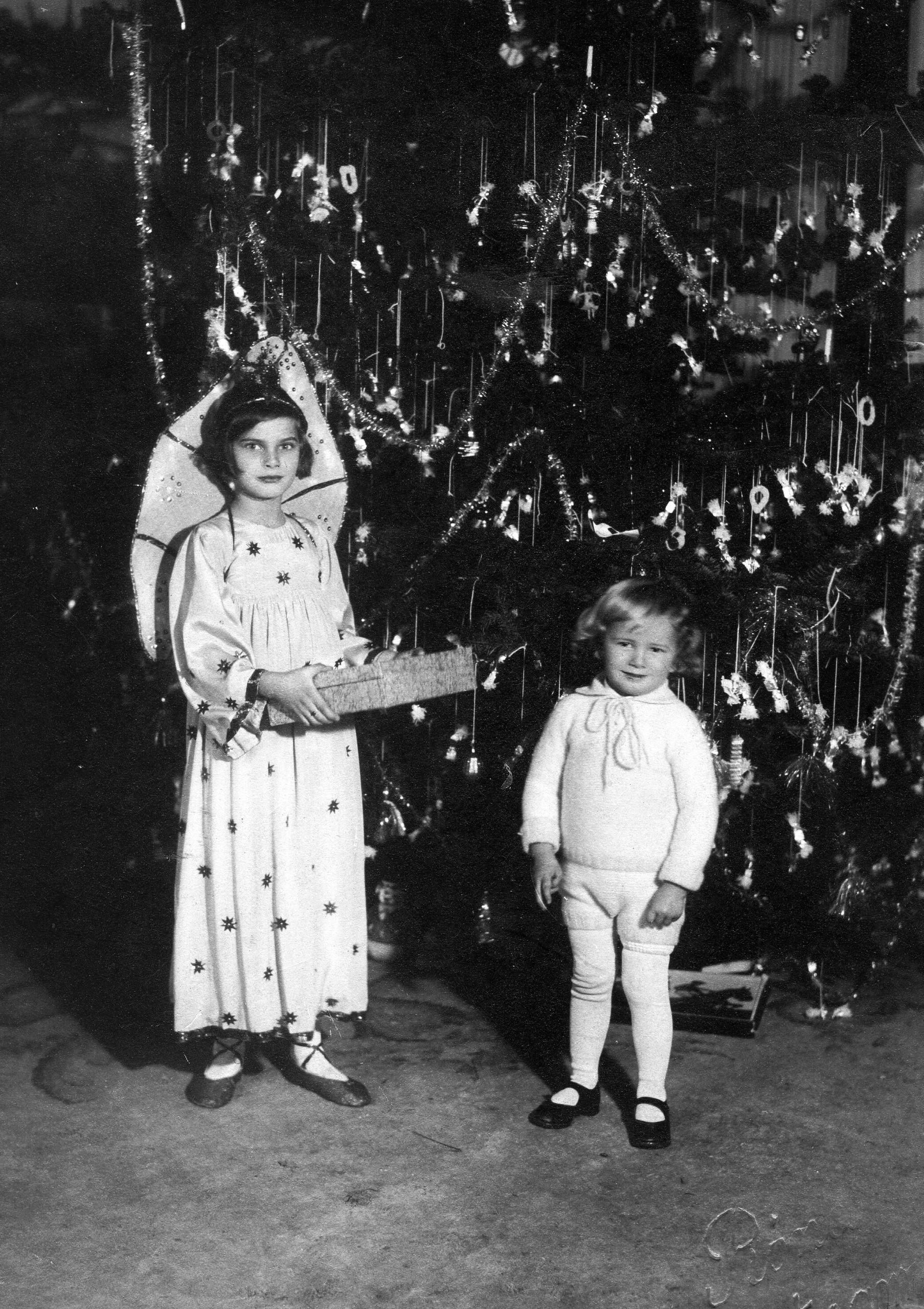
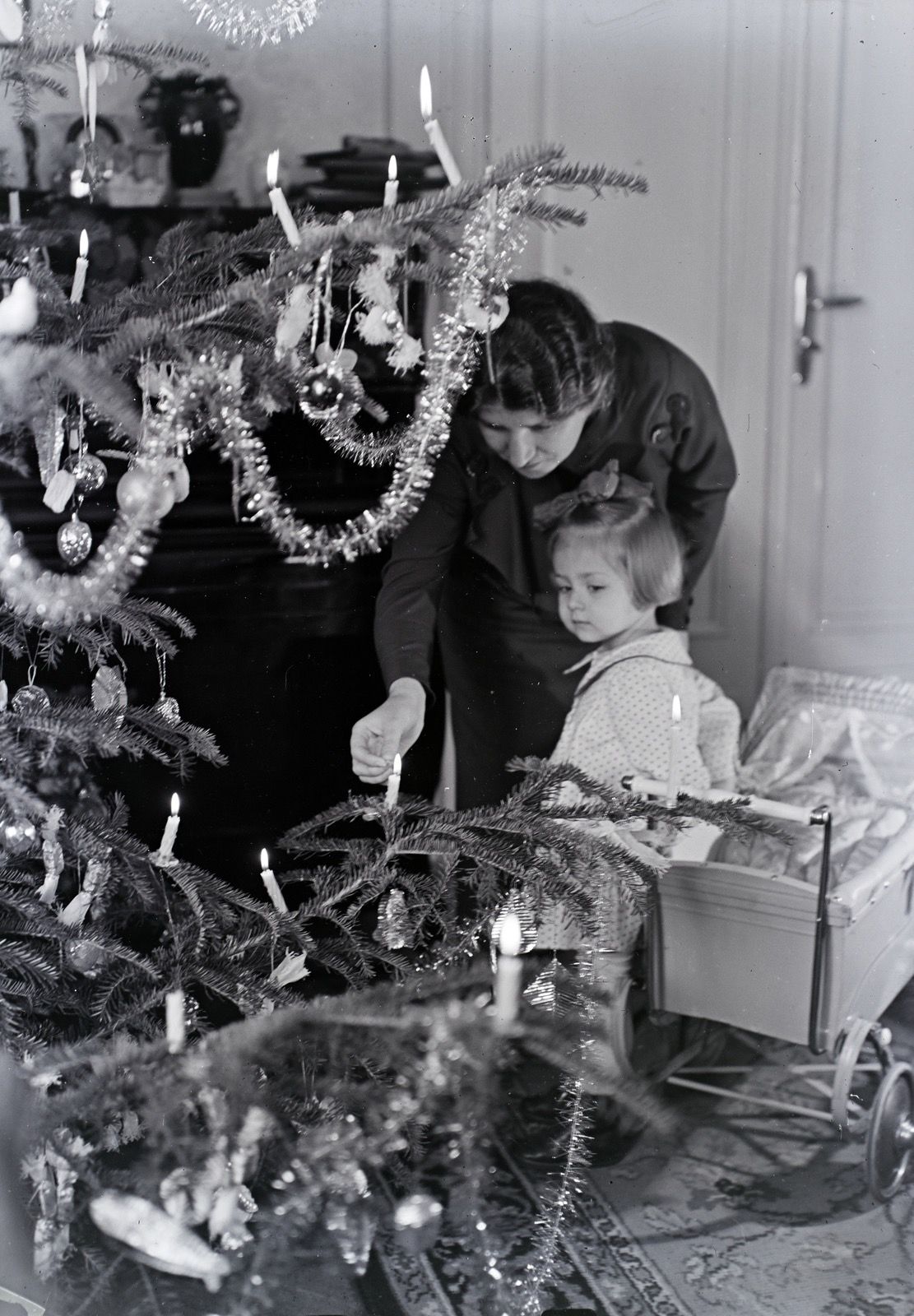
It’s noteworthy that the first Christmas trees appeared in Germany in the 1700s, and then slowly spread across Europe following the new Christian tradition. In Hungary, too, festive decorations became commonplace from the mid-19th and early 20th centuries. In the beginning, the wealthier middle class could afford to have their own Christmas tree, and it was mainly popular among the residents of the capital. In rural areas and small villages, this tradition was not common until the First World War.
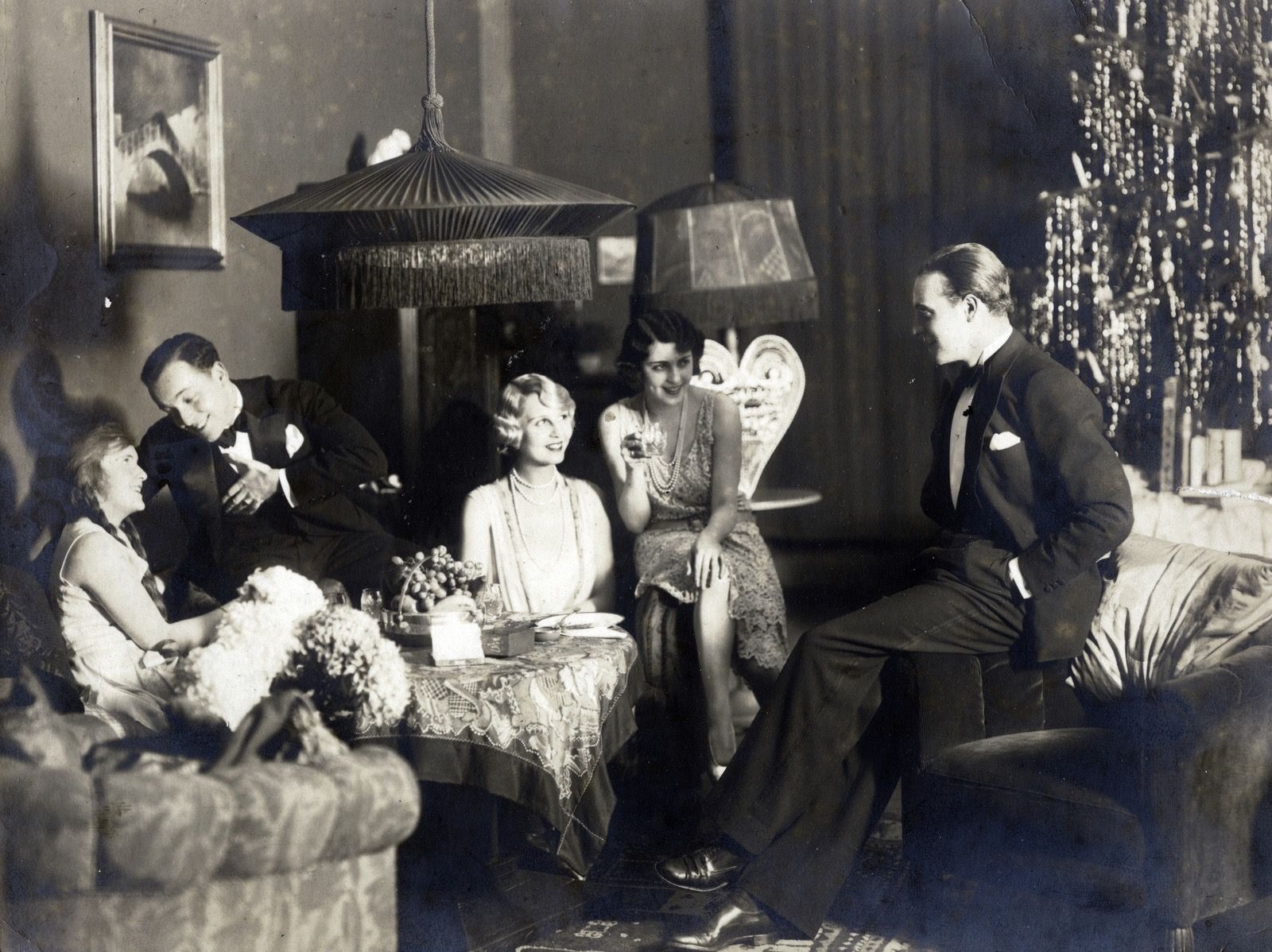
The reason is that in the old farmhouses there would have been neither space nor electricity to decorate the trees like the people of Budapest. An interesting trivia is that the first recorded Christmas tree in Hungary was erected by Countess Therese Brunsvik in 1824.
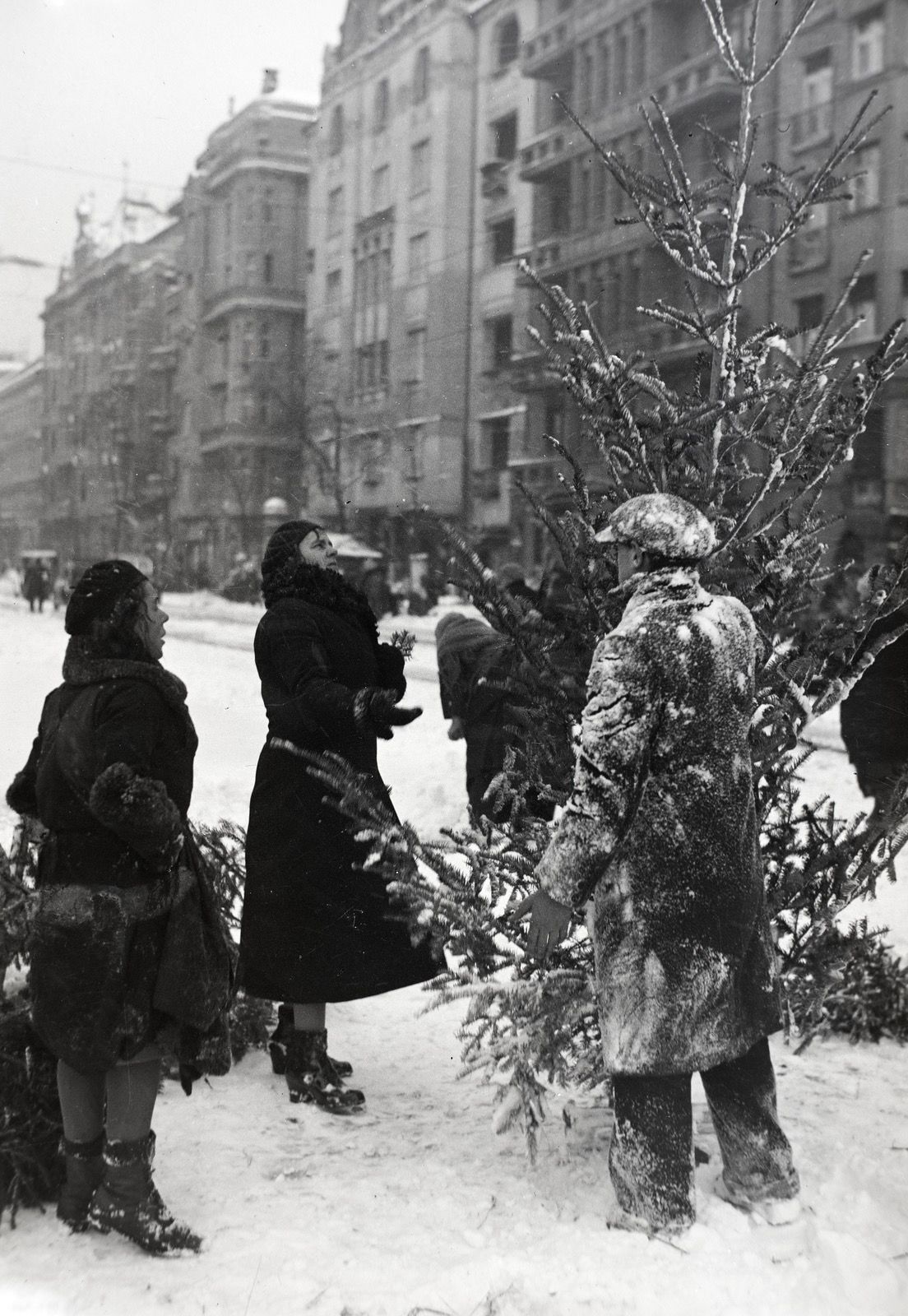
Back then, the choice of trees was not nearly as wide as it is today. In terms of looks and quality, they were no match for their modern counterparts. At first, only the popular spruce was available, which did not yet have pearly glass bulbs hanging from them either, but ornaments of symbolic value, heralding abundance and health for the coming year.
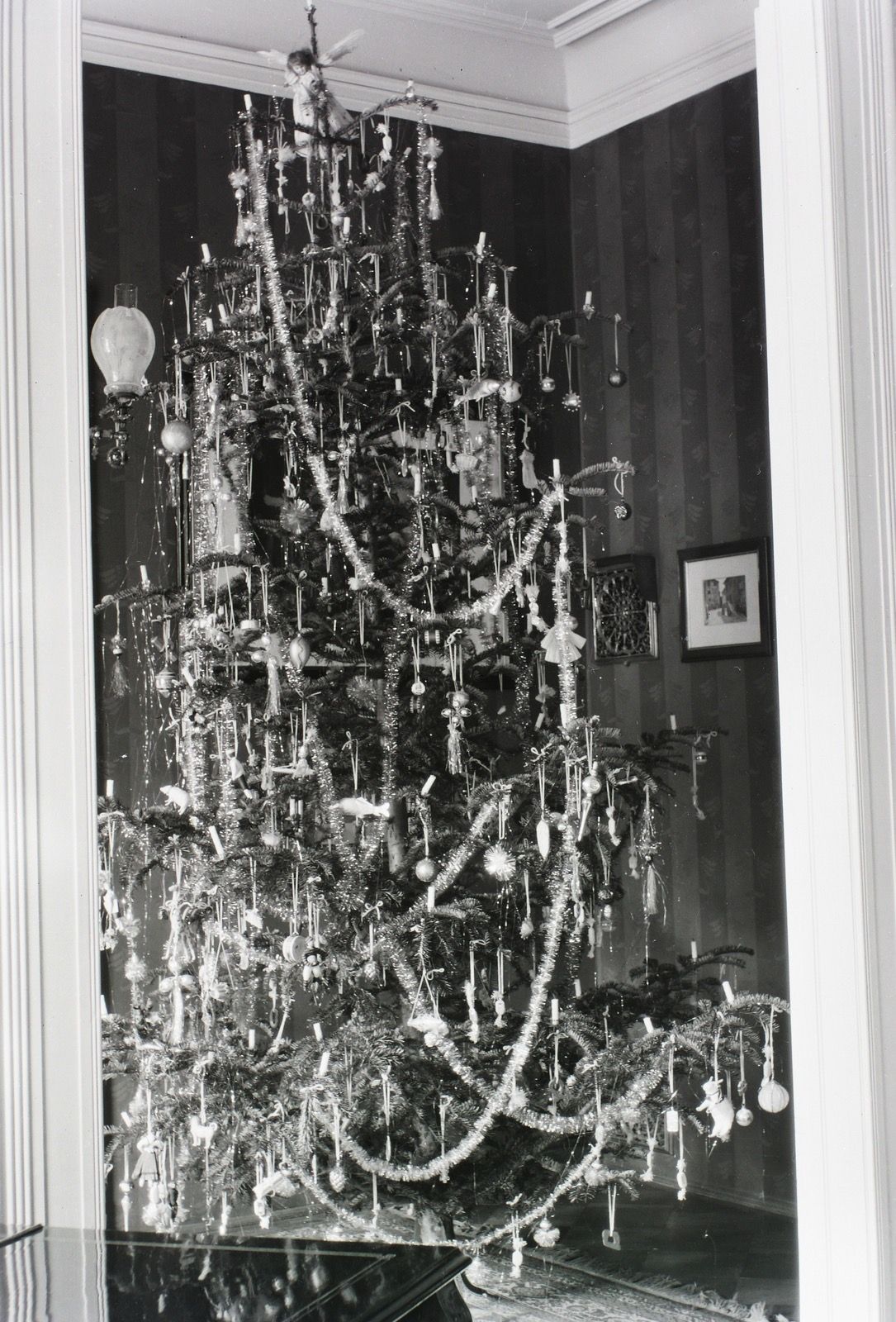
As time went on, paper ornaments appeared, and then sweets, such as meringues, gilded nuts or even burning wax candles with clamps, which must have caused unpleasant damage to many families when the merry party fell asleep after dinner.
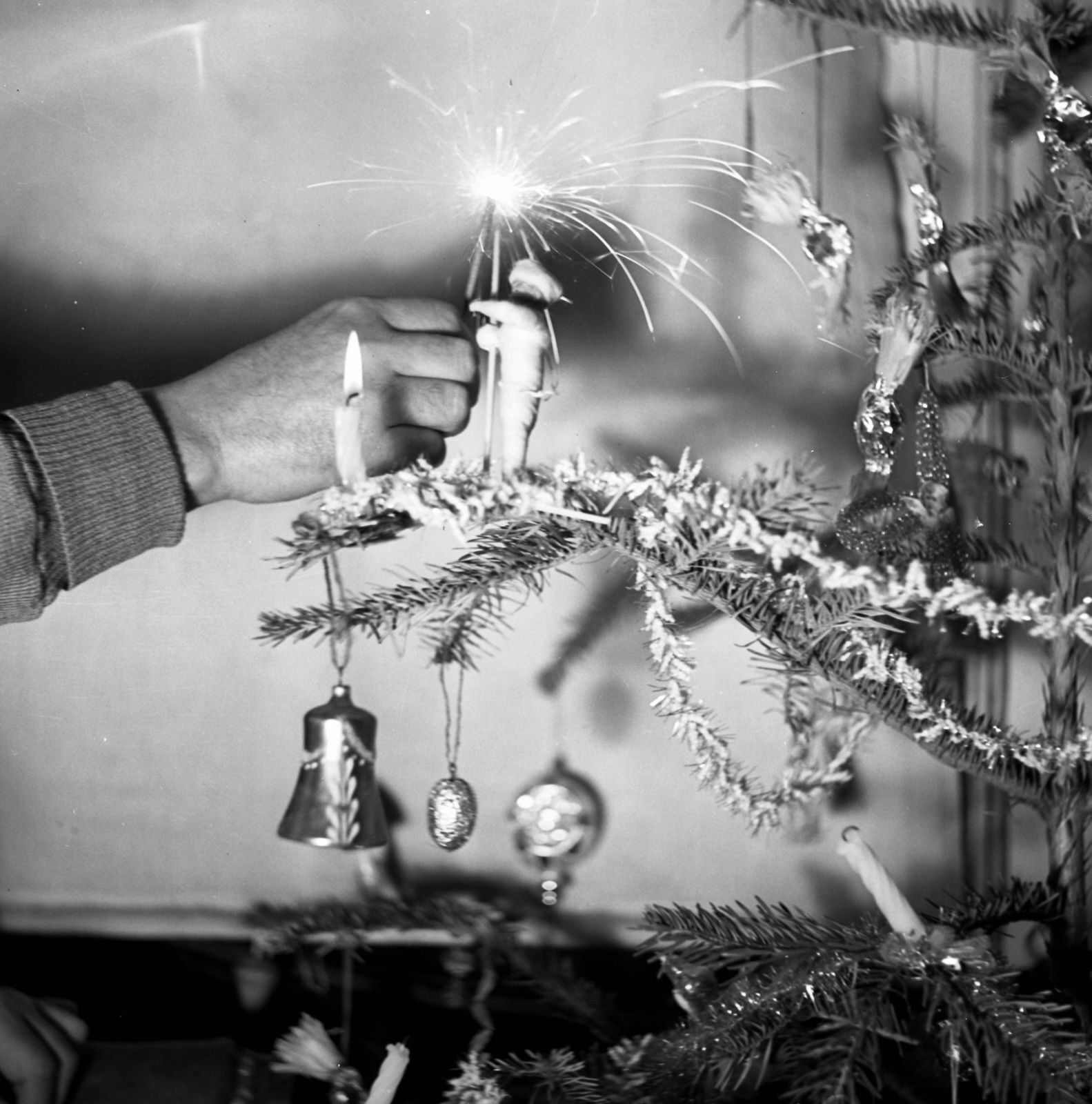

The szaloncukor (a type of wrapped, filled chocolate associated with Christmas in Hungary—the Transl.) came from the workshop of French confectioners, which then Hungarians have further developed. Nowadays, its tradition is largely present only in Hungary, however, it could not be considered a Hungarikum, as every nation has its own variety of it. The delicacies, wrapped in colorful, glossy paper, were soon placed on Christmas trees, hence the origin of its Hungarian name, as they were a decorative ornament on Christmas trees placed in large salons (‘szaloncukor’ literally translates to ‘salon candy’—the Transl.).


Last-minute Christmas gift ideas, not just for beginners!










